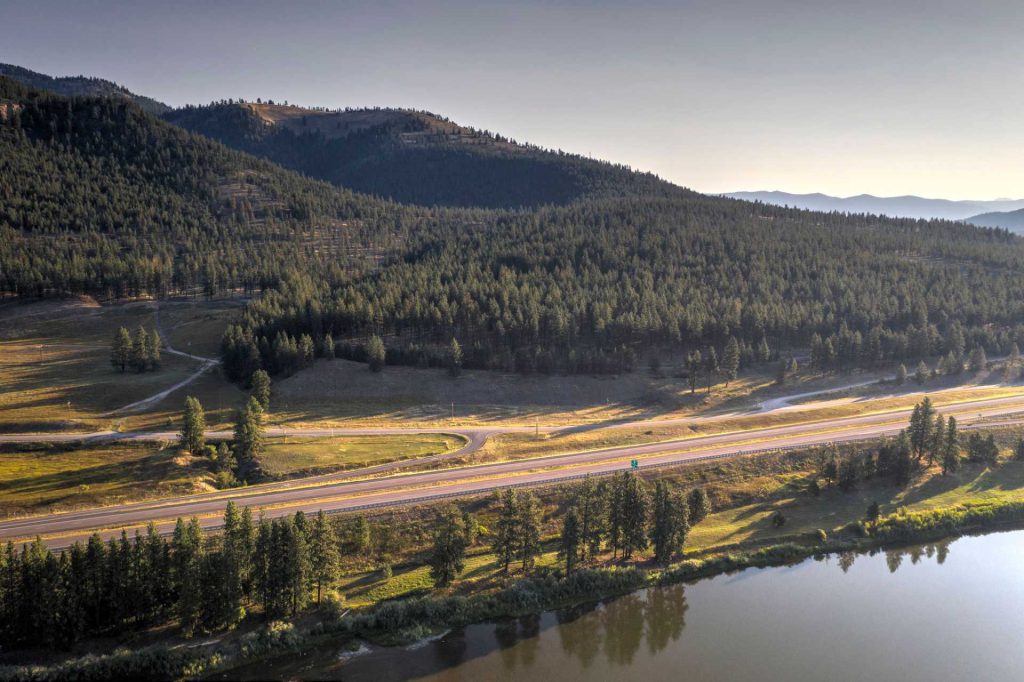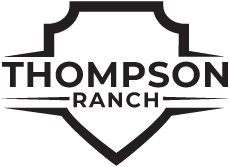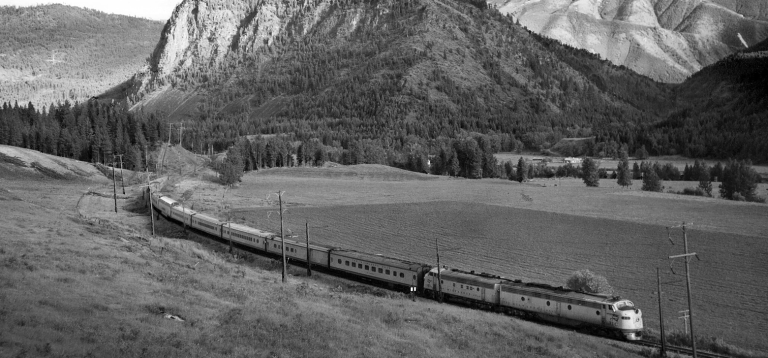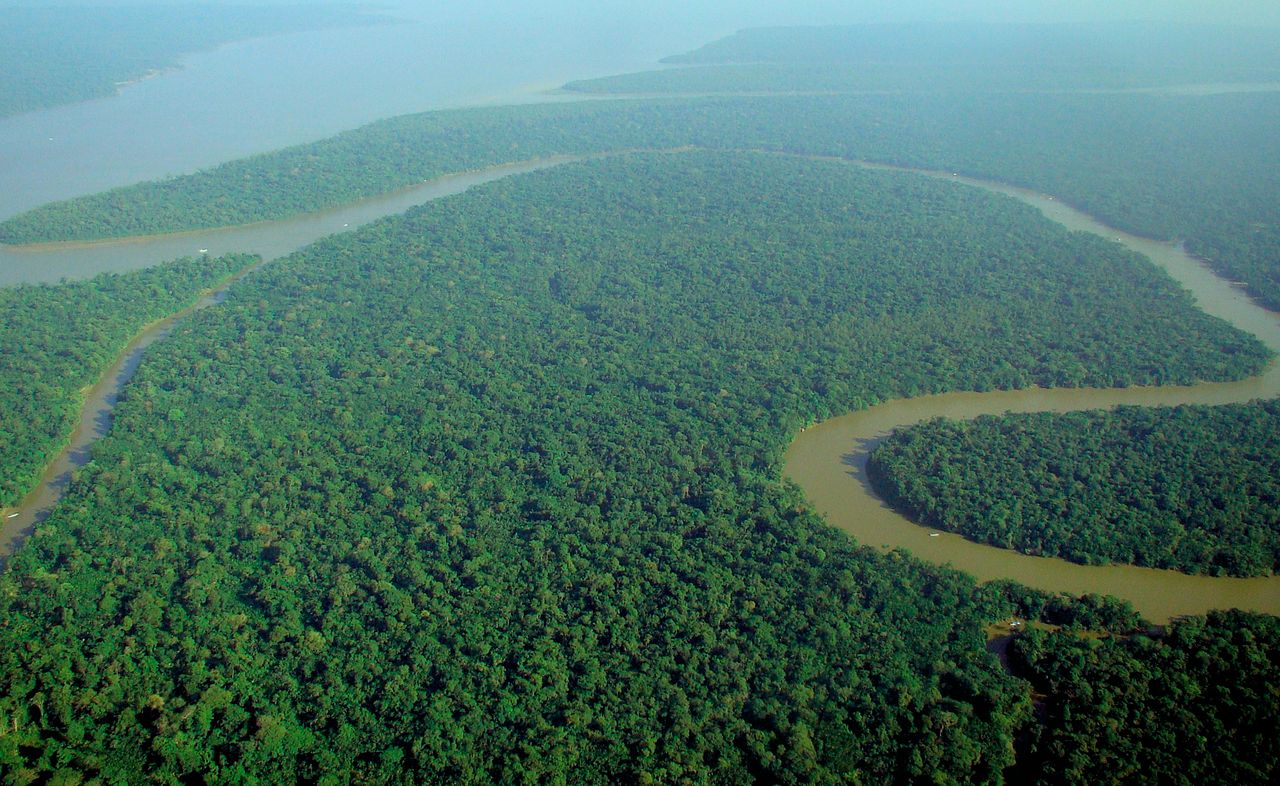ABOUT

Thompson Ranch

Located about 30 minutes from the restaurants and bars of Missoula and less than 15 minutes from world-class whitewater rafting in the famed Alberton Gorge, Thompson Ranch has something for everyone. Comprised of roughly 650 acres of meadows, rolling woodlands, and steep terrain from the bank of the Clark Fork River to the edge of Lolo National Forest, the ranch was first established in 1903 when Thomas and Blanche Thompson purchased the land from Henry Brown, who originally homesteaded the area in 1891, and began raising horses and cattle.
The property underwent a logging operation in 2011 under the Forest Stewardship Incentive Program (SIP), and was again tended to by a professional forester in 2020 to maintain the health and beauty of the wooded land. Upper portions of the ranch are at an elevation of 4,400 feet. Wildlife abounds, including elk, deer, bear, coyote, fox and many woodland birds.

The Amazon rainforest, also called Amazon jungle or Amazonia, is a moist broadleaf tropical rainforest in the Amazon biome that covers most of the Amazon basin of South America. This basin encompasses 7,000,000 km2 (2,700,000 sq mi), of which 5,500,000 km2 (2,100,000 sq mi) are covered by the rainforest. This region includes territory belonging to nine nations and 3,344 formally acknowledged indigenous territories.
The majority of the forest, 60%, is in Brazil, followed by Peru with 13%, Colombia with 10%, and with minor amounts in Bolivia, Ecuador, French Guiana, Guyana, Suriname, and Venezuela. Four nations have "Amazonas" as the name of one of their first-level administrative regions, and France uses the name "Guiana Amazonian Park" for French Guiana's protected rainforest area. The Amazon represents over half of Earth's remaining rainforests,[3] and comprises the largest and most biodiverse tract of tropical rainforest in the world, with an estimated 390 billion individual trees in about 16,000 species.
More than 30 million people of 350 different ethnic groups live in the Amazon, which are subdivided into 9 different national political systems and 3,344 formally acknowledged indigenous territories. Indigenous peoples make up 9% of the total population, and 60 of the groups remain largely isolated.
Large scale deforestation is occurring in the forest, creating different harmful effects. Economic losses due to deforestation in Brazil could be approximately 7 times higher in comparison to the cost of all commodities produced through deforestation. In 2023, the World Bank published a report proposing a non-deforestation based economic program in the region.

